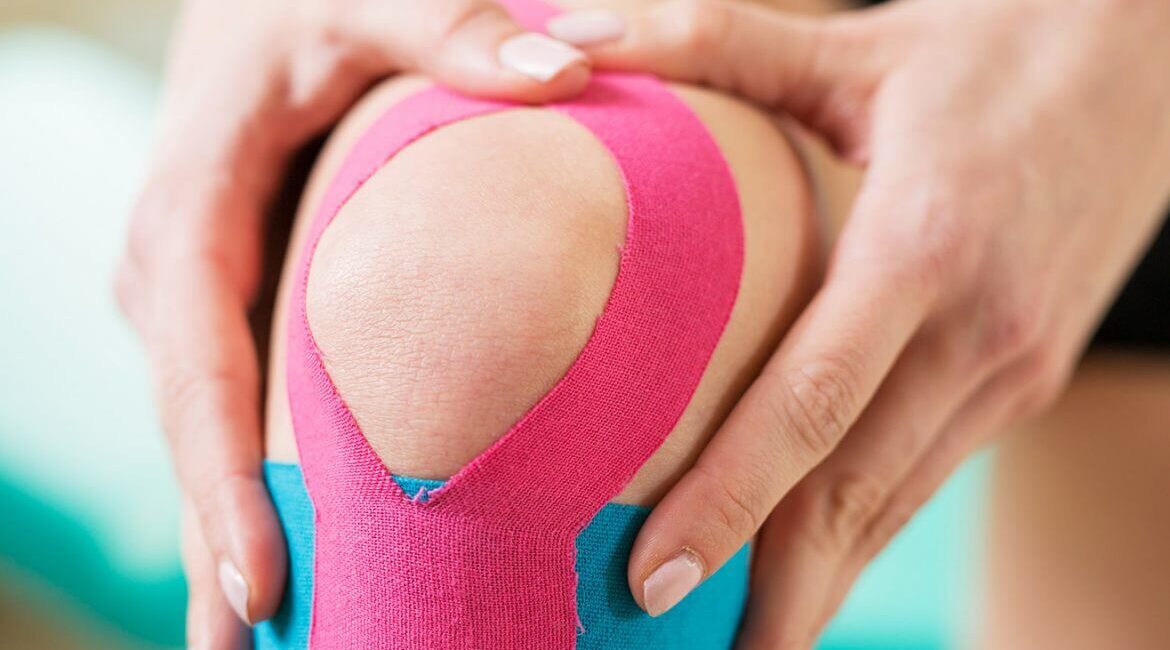While every clinic has a few go-to treatments, great physical therapy professionals are always on the hunt for new methods that will improve outcomes and increase clinic efficiency. From traditional exercises to cutting-edge modalities, PTs know there isn’t always one “right” way to treat a patient — and the best physical therapy methods are those that make you and your patients happy.
1. Therapeutic Exercise
Bread and butter for almost every PT, exercise is the go-to treatment for most subacute and chronic orthopedic conditions. When muscles, joints and connective tissues have been pushed beyond their limits — even broken or torn — almost nothing heals them faster than progressive range-of-motion and strengthening exercises. Particularly in the outpatient setting, a PT’s most valuable role is often to prescribe, dose, and monitor specific exercises that are challenging enough to stimulate recovery but not so hard that they harm the patient.
2. Patient Education
Patients only spend a few hours per week in therapy, but many injuries persist due to overuse or poor body mechanics. To create efficient, long-term solutions, PTs must teach patients the underlying causes of their disorders and help them change their everyday movement patterns. Patient education may include postural correction, gait training, and fall prevention, as well as instructions for ADLs. For athletes and patients with physical jobs, PTs may also recommend adjustments that still allow for a high degree of function.
3. Manual Therapy
Useful for a variety of musculoskeletal conditions, manual therapy can be an excellent adjunct to exercise and patient education. For patients with acute injuries and chronic pain, it can also be a cost-effective way to provide relief and prepare for more intensive treatments in the same session. In general, manual therapy involves skilled hand movements that mobilize tissues to reduce pain, increase range of motion, and decrease inflammation. The most widely used manual therapies include joint mobilizations, manipulations, and stretches — all of which can be done to prepare a patient for exercise.
4. Soft Tissue Mobilization
A type of manual therapy, soft tissue mobilization (STM) involves the use of massage and similar techniques to release adhesions, reduce scar tissue, and allow muscles and tendons to relax. Instrument-assisted STM methods have become particularly popular among athletes, whose stiff muscles often require greater force than PTs can safely provide with their hands. Overall, STM is an excellent way to address the contractures that reduce mobility and keep patients from moving properly.
5. Ice and Heat
Tried and true, ice and heat are still two of the best physical therapy methods available. From low back pain to arthritis to acute inflammation, they can address a wide range of concerns and help patients acclimate to exercise. Most often, PTs use heat to increase tissue mobility and reduce pain before exercise, followed by ice to reduce inflammation and pain afterward.
6. Electrical Stimulation
Electrical stimulation, or E-Stim, has become a go-to treatment for restoring muscular function following traumatic injuries. Like ice, heat, and other PT modalities, E-stim can be a great way to streamline a PT practice. While one patient undergoes E-stim with a tech, you can provide more hands-on manual therapy or exercise instruction to another.
7. Light Therapy
Finally, low-level laser, LED, and other light therapies are helpful not just for reducing pain and inflammation but for speeding up the healing process in wounds and connective tissue injuries. Useful as both a monotherapy and as an adjustment to exercise, light therapy is a versatile tool that can streamline your practice and offer patients greater value.
Using What Works
Ultimately, the best physical therapy methods will be those that provide the longest-lasting results and greatest satisfaction to your patients. While some evidence-based therapies have proved useful in a wide range of settings, there is good reason why different clinics still use different practices.
Differing patient populations, activity levels, and even available equipment demand different strategies. For the best results, find methods in which you and your staff can have complete confidence, and adjust every patient’s treatment based on their feedback and results.
https://www.dynatronics.com/blog/7-best-physical-therapy-methods-explained

